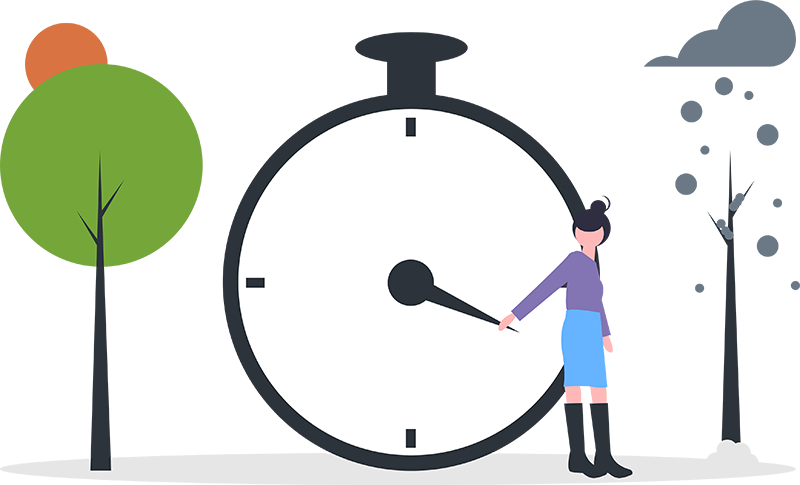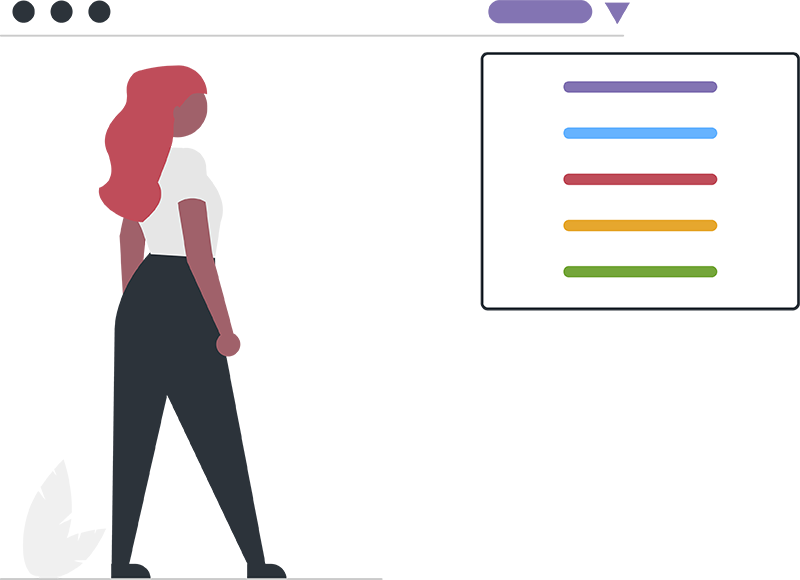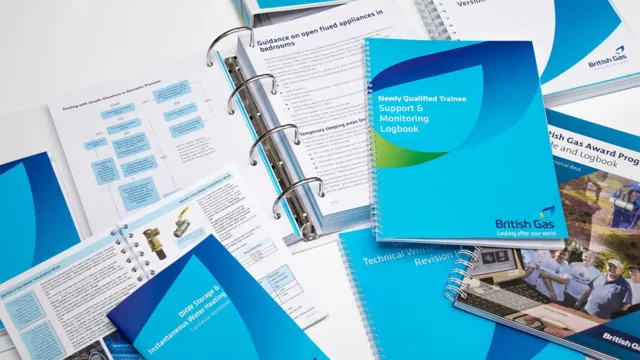Time for a Website Upgrade? 8 Warning Signs
In this post
Similar to electronic gadgets or the latest fashion trends (apparently, skinny jeans are out!), your website also needs regular updates. Just like your mobile phone, your website will likely need an upgrade every 5 to 7 years. Even if you diligently update your systems, you may find that the foundations of your website are no longer effective and that it no longer represents your company.
Deciding to revamp your website can be overwhelming. That's why we've outlined the signs and benefits of investing in a new website. It's important to regularly evaluate your website and identify elements that still align with your brand's message and your customers' requirements.
Your website doesn't reflect the brand’s values
Your brand identity, company ethos, logo, and tone of voice will change over time, but has the website developed with it? The first impression of your website will make or break potential customer relationships. A modern website in your brand’s colours, tone of voice, and imagery will create a cohesive and clear message about who you are and what you can do for them.
Additionally, your website needs to address your customers’ pain points and how your products or services can help them. If there is a disconnect between your branding message and your website, potential customers are likely to seek alternatives. This is a clear indicator that it's time to update your website.
High bounce rate
The bounce rate is the percentage of users to your website who view your site for a few seconds before leaving. This typically occurs when the landing page does not provide value to them. It is a common occurrence for every website. However, a high bounce rate indicates that something is not right with your website.
There are a few reasons for this:
-
Users cannot find what they are looking for.
-
The website is too slow to load.
-
The site's navigation is difficult to use.
If your bounce rate is 55% or higher, it is time to review your site.
Slow loading times
It should come as no surprise that customers have little patience when it comes to website loading times. A recent Forbes survey found that the average person will not wait for more than 8 seconds for a webpage to load. The survey did find that users were more tolerant of slower loading times on mobile.
This reflects our modern world of constant access to near-instant content. To keep up with customer expectations, your website needs to be streamlined and efficient.
Loading times are a significant factor in Google's ranking priorities, partially for mobile-optimised sites. Slow loading speeds can have a detrimental effect on your website's ranking and its chances of being shown in users' search results. This is important as 98% of organic traffic comes from search engines.
Loading times can be affected by too many or too large elements on the webpage and end-of-life software. These elements can be identified through a website audit. It's important to prioritise what is essential and remove anything else.

Poor conversion rates
Conversion rates are a crucial metric for measuring the success of a website. A low conversion rate indicates that users are not taking action on your website. This could be making a purchase, signing up for a newsletter or contacting your business (email, text, call).
There are a few reasons for this:
-
Poor website design
-
The site has not been made mobile-compatible
-
Complex process or unclear navigation
-
The site has not been UX optimised
If your website is not producing enough leads or conversions, you likely need to update your site. An outdated site can contribute to a poor conversion rate and can directly affect your bottom line.
Ineffective call to action (CTAs)
Your website is there to persuade your users to take action. Ineffective conversion can be due to poor CTAs or a lack of CTAs.
Examples of poor CTAs:
-
Weak or unclear CTAs such as ‘Learn More’ or ‘Submit’ are generic and don’t really explain what the user can expect.
-
Hidder or hard-to-find CTAs will prevent your users from taking action, leading them to frustration.
-
Lacking a sense of urgency can be unmotivating and doesn’t persuade your users to take action.
By crafting clear, persuasive, and strategically placed CTAs, you can significantly improve your website's conversion rate and encourage more users to take the desired action.
Poor user experience (UX)
From the customer's point of view, having an attractive and user-friendly website is crucial. The user experience (UX) plays a significant role in ensuring successful interactions with your audience.
One common mistake in website development is focusing on a business-to-customer perspective rather than a customer-to-business approach. This can happen when a company uses a standard template or theme as the foundation of their website.
While using pre-set generic templates may be convenient, it fails to represent your brand as unique. A custom website design tailored to your specific audience's needs will always communicate better and cater to your customers effectively.
You are not using inbound marketing
If your website is your 24/7 storefront, then inbound marketing is like the flyers, ads, and word of mouth that bring people to your store. Inbound marketing is a strategy that focuses on attracting and engaging customers through high-quality content. Unlike traditional outbound marketing methods like advertising, inbound marketing aims to naturally draw in customers rather than actively reaching out to them through PPC or paid ads.
Inbound marketing can include:
-
Blog posts
-
Articles for publication
-
Whitepapers
-
Case studies
-
Social media posts
-
Email marketing and newsletters
-
Events and webinars
By implementing inbound marketing strategies, you can significantly improve your website's performance, attract more qualified leads, and build stronger relationships with your customers. If your website doesn't offer educational or entertaining value to your customers, it might be time to review your website.
You have poor website navigation
When trying to communicate with your audience, it can be tempting to provide as many options as possible. However, this can be overwhelming for your website visitors and create a negative experience.
Websites naturally have more and more servers, and design elements have been added to them over the years. However, this can make it become bloated and confusing.
A good site will have an intuitive design or user journey to support new visitors to your site through their experience. Your customer's experience should be quick, efficient and seamless.
Re-evolving your website to become more user-friendly can be challenging. Typically, this is tackled by understanding all of your customers' touch points and creating a journey that covers all of their paint points and follows the natural steps of the buyer process.

Taking your business to the next level means investing in a solid digital foundation. If you are currently experiencing any of the issues above, it might be time to review your website and take the next steps to improve it.
Looking to upgrade your website? Explore our services and see how our team can reconnect you with your audience.










